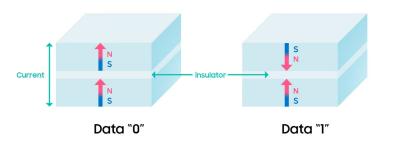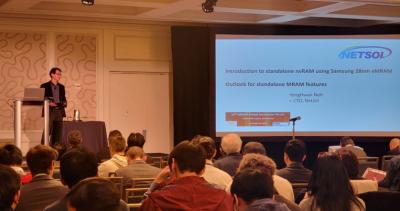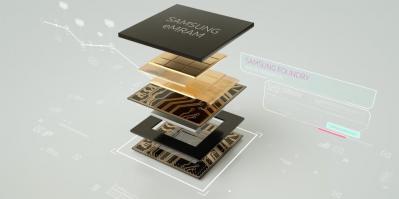Samsung on track to start 14 nm eMRAM production by the end of 2024, 8 nm by 2026 and 5 nm by 2027
In 2019, Samsung Electronics announced that it has started to mass produce its first embedded MRAM devices, made using the company's 28 nm FD-SOI process. In 2021, Samsung announced it is working to scale down to 14 nm processes.
The company now says that it has finalized the development of its 14 nm eMRAM process, and will be read to mass produce it by the end of 2024. The company says that the 14 nm process achieve a 33% area scaling compared to its 28 nm process, and it also enables a 2.6x faster read cycle time. Samsung says that its eMRAM enables the smallest size 16MB memory die.







